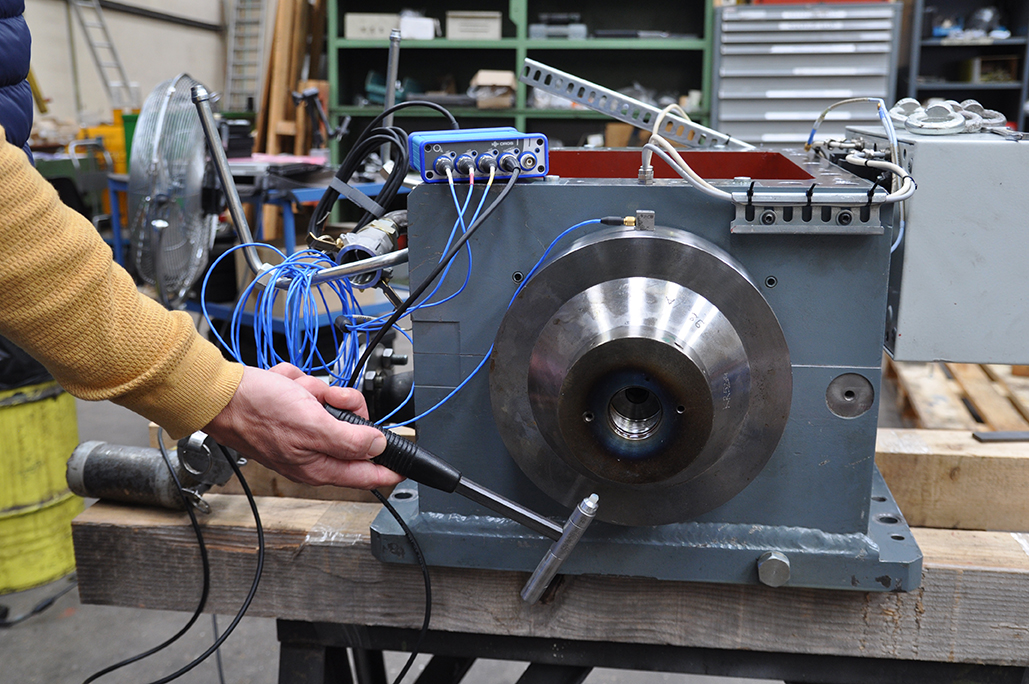Imbalance is probably the most common among the typical rotating machine faults. It is characterized by a higher 1X vibration amplitude than acceptable. Once it is confirmed that the problem is imbalance, one needs to proceed to balancing. The technique used will be dependent on the rotor and its operational running speed. One typically operates the rotor in its rigid or flexible domain. If the rotor is to be operated in its rigid domain, which means below its first critical speed, a single or dual plane balancing will be sufficient. If the rotor is to be operated in its flexible domain, which means above its first critical speed, one will need to carry out a multiple plane balancing.
Being able to balance a rotor is all about being able to relate the vibration level at a bearing with the force generated in a plane by an unequal distribution of mass. This is done typically by adding a mass with a known weight and measuring the resulting vibration response at the bearing. This can be considered as a form of calibration to determine what is known as the influence coefficients. Once this relationship is known, the software supporting the user in this process will suggest the mass to be applied and where it should be applied. The typical process is shown below.
A good balancing process is based on the fact that an accurate 1X result (amplitude and phase) result is provided by the instrument. This result is issued from a typical order analysis. For single/dual plane balancing, it is sufficient to read 1X results at steady state speed. For multiplane balancing, it is necessary to determine 1X during a transient (run-up or shut downs): in this case, the results are typically displayed either in a Bode plot or in a Polar diagram




